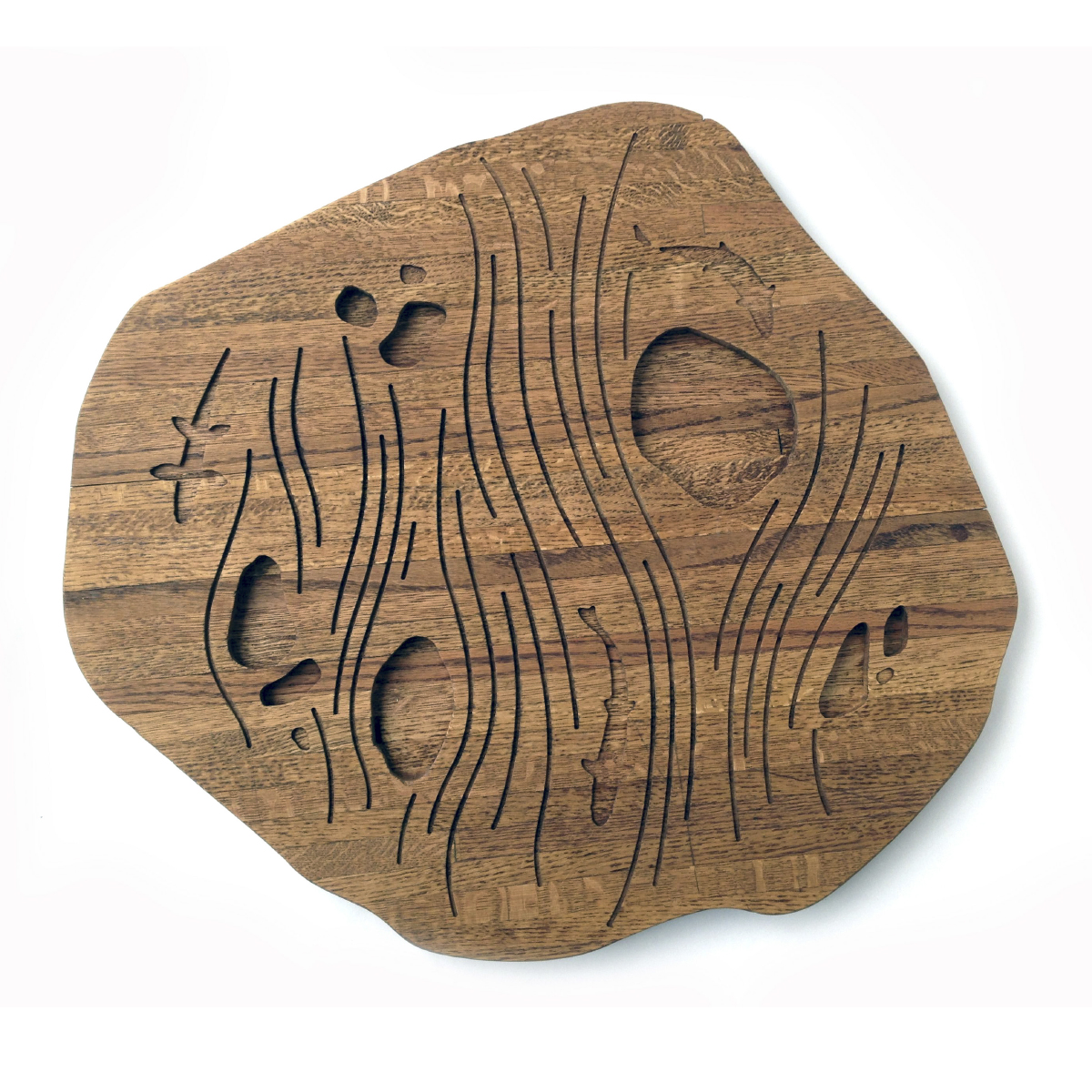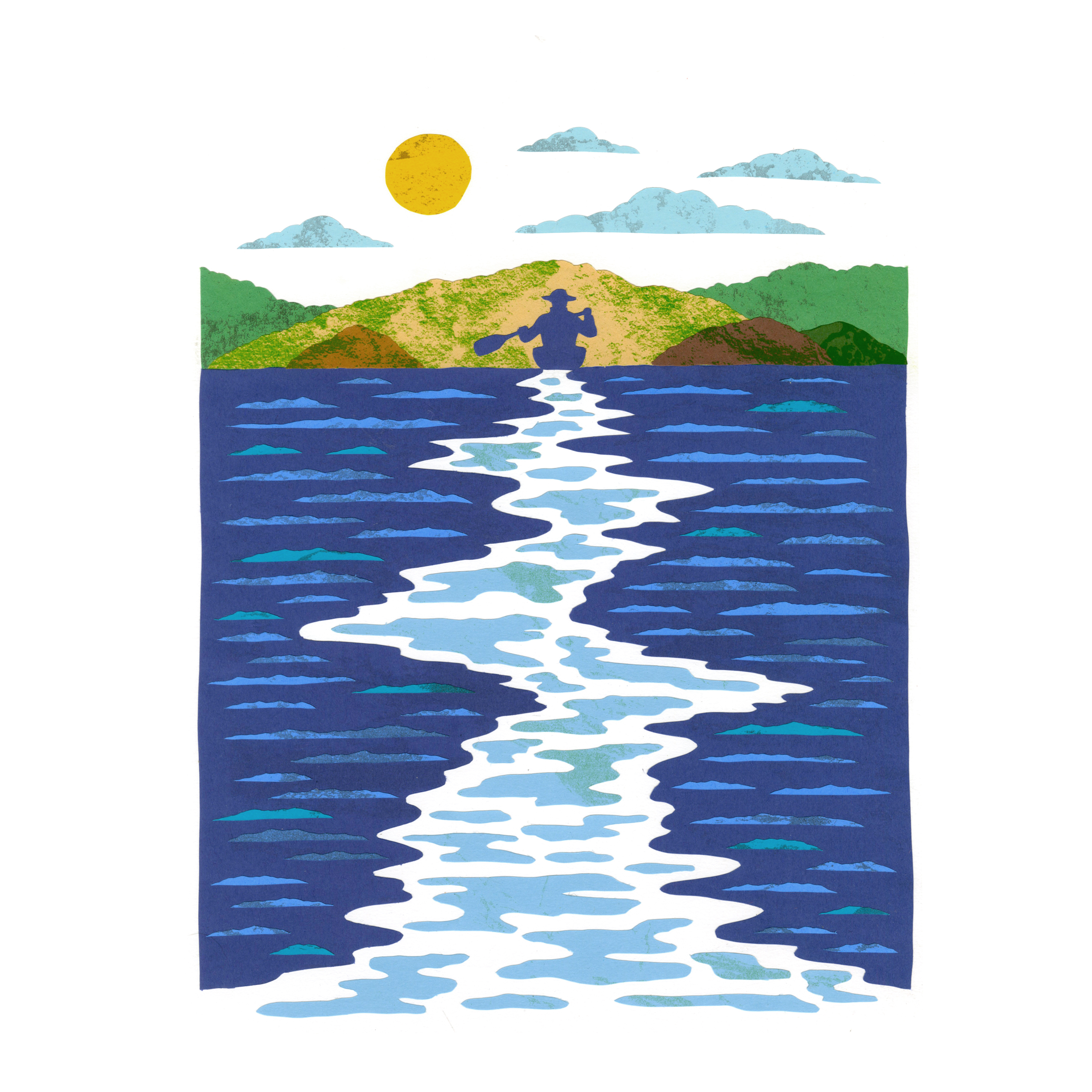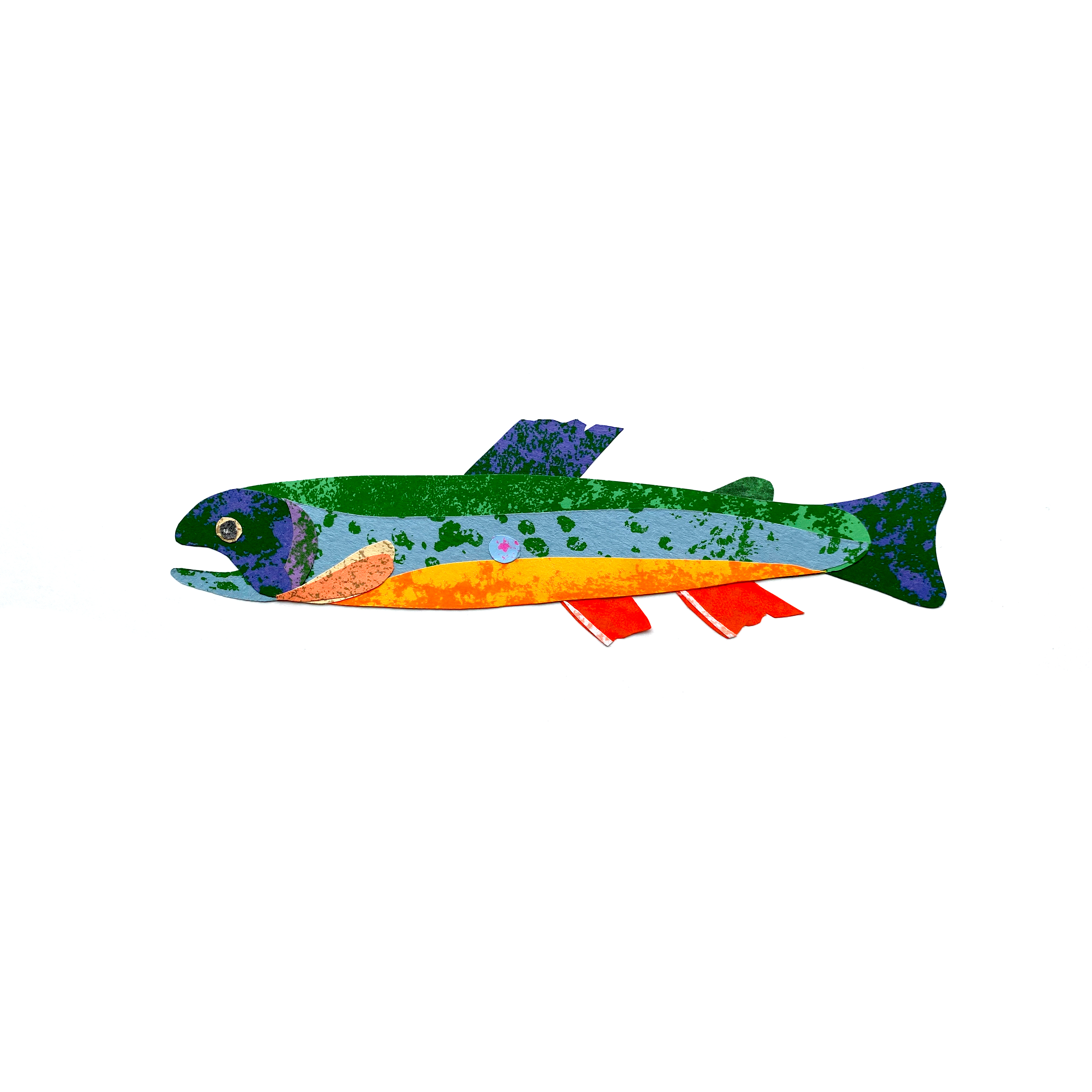


Fly Tying Table Top, 30”x30”, Stained Butcher Block with routed forms
I was given a butcher block piece from a kitchen remodel. Reacting to the wood grain I saw the rocks from Boulder canyon in Colorado and routed out a drawing I did. Each rock is a compartment for flies or fly tying materials.

